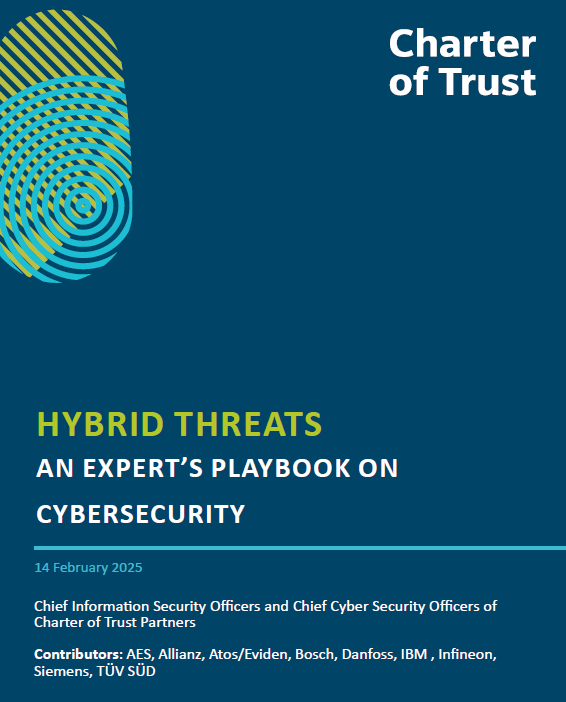
Report about Hybrid Threats presented at MSC 2025
Navigating Cybersecurity in an Era of Hybrid Threats
As hybrid threats continue to evolve, cybersecurity has never been more critical. The latest Charter of Trust report, launched at the Munich Security Conference, presents exclusive insights from leading CISOs and CSOs across our Partner network. This report provides a comprehensive analysis of the shifting threat landscape and the strategic actions necessary to enhance global resilience.
Key Insights from the Report
- The Growing Threat Landscape: Cyber adversaries are emerging across the globe, leveraging increasingly sophisticated tactics. Advanced threat detection and multi-layered defense strategies are no longer optional but essential.
- Breaking Down Security Silos: Cyber threats are constantly evolving—organizations cannot afford to wait. A proactive, collaborative approach is critical, fostering open dialogue across industries and sectors.
- Leadership in Collective Defense: Multinational corporations have a unique responsibility to lead in both technical defense and talent development, while also advancing zero trust architectures to mitigate risks effectively.
Collaboration as the Foundation of Cyber Resilience
The experiences of Charter of Trust partners highlight the importance of collective action in addressing the complexities of hybrid threats. Operating in high-stakes environments, these organizations provide valuable lessons for improving industry-wide preparedness.
A Call for Unified Action
Hybrid threats do not recognize national or industry boundaries—our response must be equally interconnected. As both prime targets and key defenders, multinational corporations are uniquely positioned to drive unified, strategic action. Initiatives like the Charter of Trust serve as a model for global collaboration, strengthening the cybersecurity ecosystem and paving the way for a more secure future.
We extend our gratitude to the CISOs and CSOs who contributed their expertise to this publication, including: Kyle Oetken (AES), Haydn Griffiths (Allianz), Paul Bayle (Atos), Christoph Peylo (Bosch), Morten Pors Simonsen (Danfoss), Koos Lodewijkx (IBM), Raphael Otto (Infineon), Natalia Oropeza (Siemens), Norbert Vetter (TÜV SÜD)
As hybrid threats continue to evolve, cybersecurity has never been more critical. The latest Charter of Trust report, launched at the Munich Security Conference, presents exclusive insights from leading CISOs and CSOs across our Partner network. This report provides a comprehensive analysis of the shifting threat landscape and the strategic actions necessary to enhance global resilience.
Key Insights from the Report
- The Growing Threat Landscape: Cyber adversaries are emerging across the globe, leveraging increasingly sophisticated tactics. Advanced threat detection and multi-layered defense strategies are no longer optional but essential.
- Breaking Down Security Silos: Cyber threats are constantly evolving—organizations cannot afford to wait. A proactive, collaborative approach is critical, fostering open dialogue across industries and sectors.
- Leadership in Collective Defense: Multinational corporations have a unique responsibility to lead in both technical defense and talent development, while also advancing zero trust architectures to mitigate risks effectively.
Collaboration as the Foundation of Cyber Resilience
The experiences of Charter of Trust partners highlight the importance of collective action in addressing the complexities of hybrid threats. Operating in high-stakes environments, these organizations provide valuable lessons for improving industry-wide preparedness.
A Call for Unified Action
Hybrid threats do not recognize national or industry boundaries—our response must be equally interconnected. As both prime targets and key defenders, multinational corporations are uniquely positioned to drive unified, strategic action. Initiatives like the Charter of Trust serve as a model for global collaboration, strengthening the cybersecurity ecosystem and paving the way for a more secure future.
We extend our gratitude to the CISOs and CSOs who contributed their expertise to this publication, including: Kyle Oetken (AES), Haydn Griffiths (Allianz), Paul Bayle (Atos), Christoph Peylo (Bosch), Morten Pors Simonsen (Danfoss), Koos Lodewijkx (IBM), Raphael Otto (Infineon), Natalia Oropeza (Siemens), Norbert Vetter (TÜV SÜD)
Read more
February 14, 2025
• 10 min read
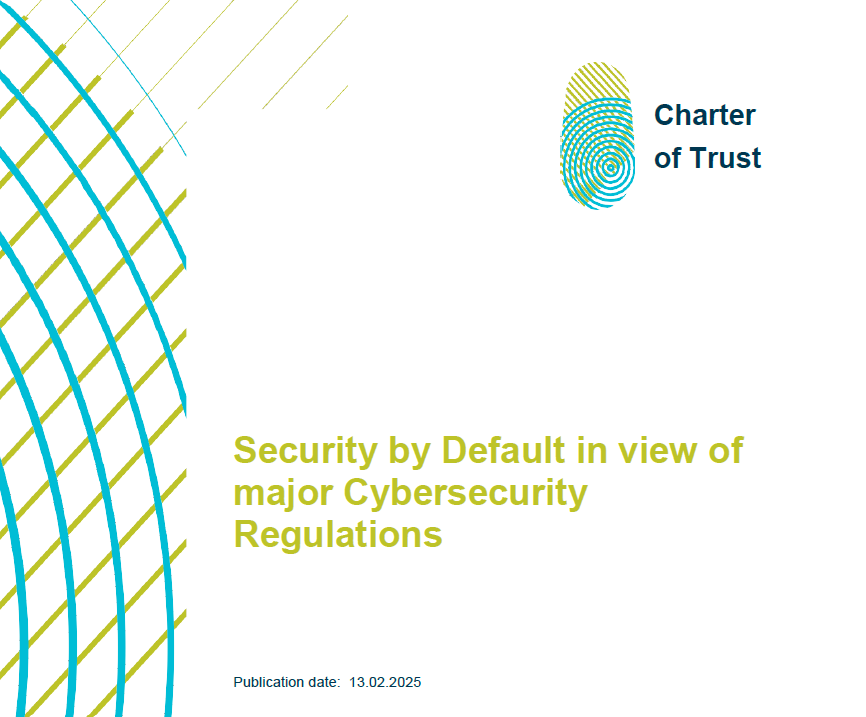
Security by Default in view of major Cybersecurity Regulations
Navigate the Cybersecurity Regulation Maze with Ease
The Charter of Trust is here to simplify the complexity and guide you through the ever-evolving regulatory landscape.
In today's digitized world, cybersecurity plays a pivotal role in maintaining global stability, economic resilience, and individual privacy. Various regulations have been implemented to safeguard individuals, businesses, and infrastructure from ever-evolving cyber threats. Each regulation, while differing in scope and focus by region, aims to protect against breaches, data leaks, and other malicious activities that could disrupt operations and compromise sensitive information.
At the heart of the Charter of Trust lies a commitment to sharing best practices. Our Security by Default Working Group has meticulously analyzed vast amounts of regulatory texts to provide a clear and concise overview of security by default adoption across key global regions.
Stay Ahead of Cyber Risks with Expert Insights
Our latest report is a vital resource for organizations aiming to effectively manage cybersecurity risks and protect their assets. Covering major regulations from the European Union, India, Japan, People's Republic of China, Singapore, the United Kingdom, and the United States, this report offers valuable insights into compliance requirements worldwide.
The principle of Security by Default, as advocated by the Charter of Trust, provides a universal standard for organizations to meet compliance requirements effectively. By embedding security measures from the outset, organizations can ensure compliance with regulations, foster trust with customers, safeguard their operations, and strengthen their market position. This approach not only helps organizations meet their legal obligations but also enhances their reputation and competitive advantage.
Strengthen Compliance, Build Trust, and Gain a Competitive Edge
By embedding security measures from the outset, businesses can:
- Ensure compliance with international regulations
- Build and maintain trust with customers and stakeholders
- Safeguard operations from cybersecurity threats
- Strengthen their market position with a proactive security approach
The publication shows that regulators worldwide have taken different approaches to pursuing common cybersecurity goals, leading to varied and sometimes conflicting regulatory frameworks. This complexity can make it challenging for organizations to navigate the cybersecurity landscape and ensure compliance with all relevant regulations.
This document serves as a roadmap to better navigate this complex landscape, thereby highlighting the benefits of aligning current cybersecurity regulations worldwide. It supports the Charter of Trust's mission to create a secure digital environment for innovation. By following the guidelines outlined in this document, organizations can effectively manage their cybersecurity risks, protect their assets, and contribute to a more secure digital world.
Don't get lost in the regulatory jungle — get the clarity you need today and download the full report below
The Charter of Trust is here to simplify the complexity and guide you through the ever-evolving regulatory landscape.
In today's digitized world, cybersecurity plays a pivotal role in maintaining global stability, economic resilience, and individual privacy. Various regulations have been implemented to safeguard individuals, businesses, and infrastructure from ever-evolving cyber threats. Each regulation, while differing in scope and focus by region, aims to protect against breaches, data leaks, and other malicious activities that could disrupt operations and compromise sensitive information.
At the heart of the Charter of Trust lies a commitment to sharing best practices. Our Security by Default Working Group has meticulously analyzed vast amounts of regulatory texts to provide a clear and concise overview of security by default adoption across key global regions.
Stay Ahead of Cyber Risks with Expert Insights
Our latest report is a vital resource for organizations aiming to effectively manage cybersecurity risks and protect their assets. Covering major regulations from the European Union, India, Japan, People's Republic of China, Singapore, the United Kingdom, and the United States, this report offers valuable insights into compliance requirements worldwide.
The principle of Security by Default, as advocated by the Charter of Trust, provides a universal standard for organizations to meet compliance requirements effectively. By embedding security measures from the outset, organizations can ensure compliance with regulations, foster trust with customers, safeguard their operations, and strengthen their market position. This approach not only helps organizations meet their legal obligations but also enhances their reputation and competitive advantage.
Strengthen Compliance, Build Trust, and Gain a Competitive Edge
By embedding security measures from the outset, businesses can:
- Ensure compliance with international regulations
- Build and maintain trust with customers and stakeholders
- Safeguard operations from cybersecurity threats
- Strengthen their market position with a proactive security approach
The publication shows that regulators worldwide have taken different approaches to pursuing common cybersecurity goals, leading to varied and sometimes conflicting regulatory frameworks. This complexity can make it challenging for organizations to navigate the cybersecurity landscape and ensure compliance with all relevant regulations.
This document serves as a roadmap to better navigate this complex landscape, thereby highlighting the benefits of aligning current cybersecurity regulations worldwide. It supports the Charter of Trust's mission to create a secure digital environment for innovation. By following the guidelines outlined in this document, organizations can effectively manage their cybersecurity risks, protect their assets, and contribute to a more secure digital world.
Don't get lost in the regulatory jungle — get the clarity you need today and download the full report below
Read more
February 13, 2025
• 5 min read
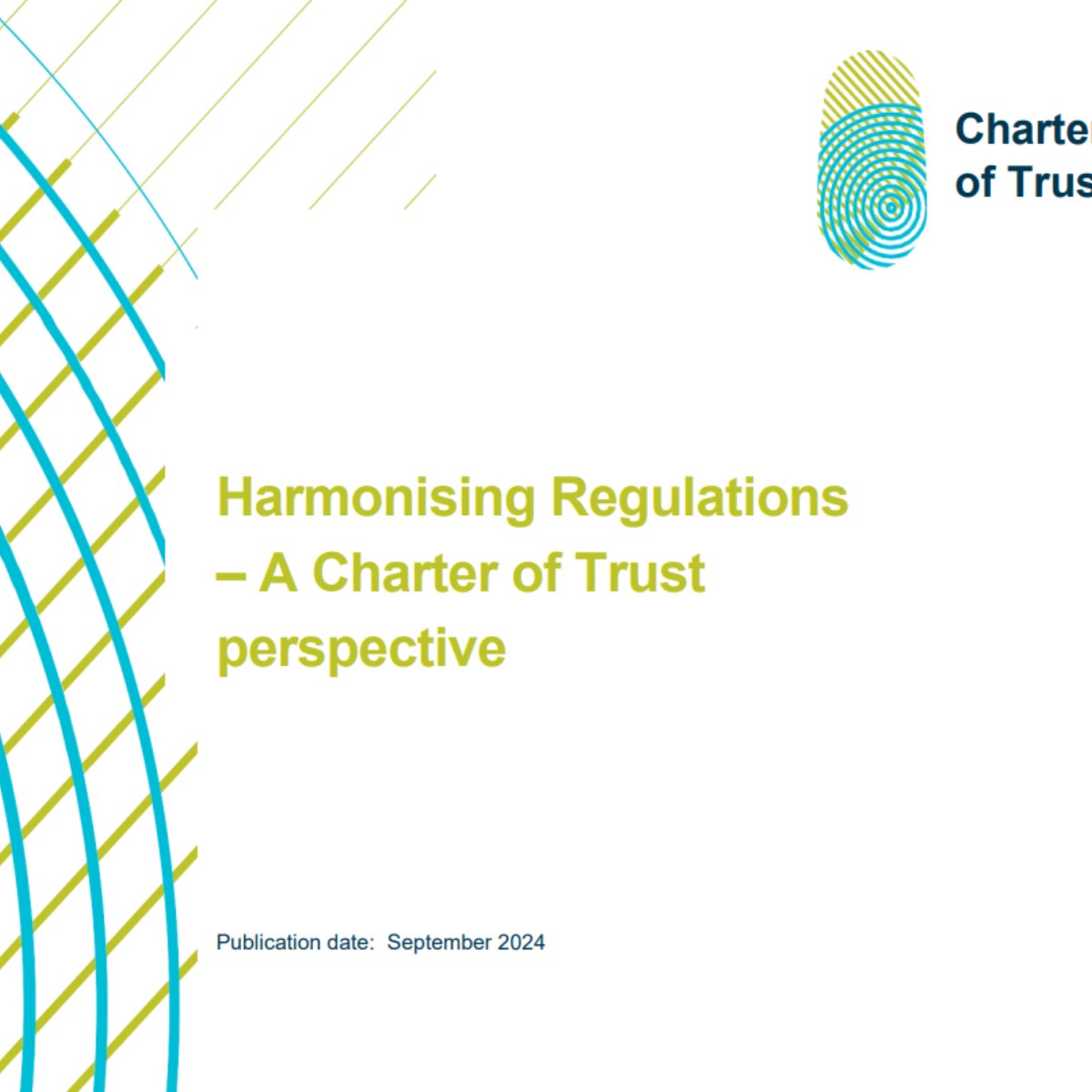
Harmonising Regulation - a CoT perspective
In response to rising cyber threats, governments are enacting new cybersecurity laws and regulations, with some, like the United States (US), moving from voluntary public-private partnerships to more stringent regulatory approaches, while others, like the European Union (EU), are updating existing regulations (e.g. the Network and Information Security (NIS) Directive 2, or NIS 2) and creating new ones (e.g., Cyber Resilience Act, CRA). These efforts often set precedents for other nations, but the lack of international coordination in cybersecurity regulation remains a challenge. This fragmentation, coupled with shortages of cybersecurity talent, risks diverting resources from essential cyber defense to compliance, potentially increasing costs, complexity, and undermining resilience and innovation. Some solutions include reciprocity agreements, adopting international standards, and leveraging third-party assessments to streamline regulations and improve global alignment.
To read the full publication, see the download link below.
To read the full publication, see the download link below.
Read more
October 15, 2024
• 5 min read
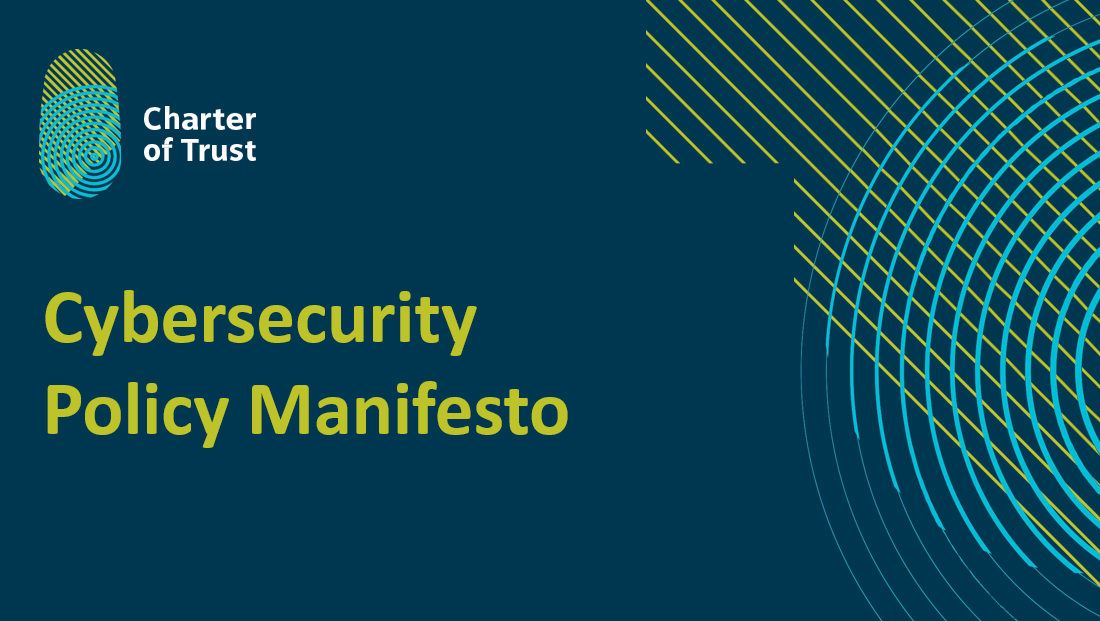
Charter of Trust Cybersecurity Policy Manifesto
The Charter of Trust presents this Manifesto as a call to action for Policymakers to join forces in the pursuit of a secure and resilient digital environment. As a collective of leading technology, cybersecurity, and industry stakeholders, we believe that a united and collaborative approach is essential for effectively combating cyber threats that endanger the security, privacy, and prosperity of our societies.
Our vision is to establish a strong, secure, and resilient digital Europe that fosters innovation, economic growth, and social progress while protecting individual rights and safeguarding the values of a democratic society.
Our vision is to establish a strong, secure, and resilient digital Europe that fosters innovation, economic growth, and social progress while protecting individual rights and safeguarding the values of a democratic society.
Read more
April 12, 2024
• 5 min read
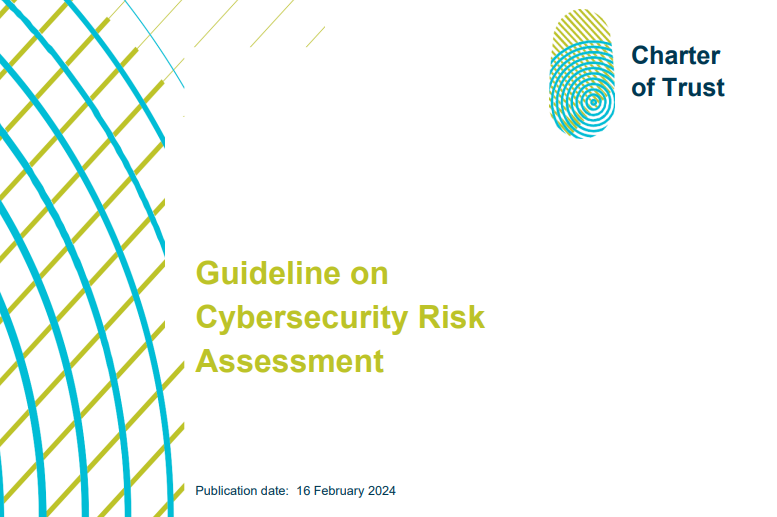
Charter of Trust report: Guideline on Cybersecurity Risk Assessment
This document highlights the significance of caution and due diligence in relation to cyber risks when processes and value chains are supported by digital technology to improve efficiency. As digitalization progresses, such risks exist in products which are combined to systems and networks in the IT but also in the OT world. The intent of this document is to offers practical guidance to risk management based on the experience and expertise of the members of the Charter of Trust P3 Task Force.
Read more
February 15, 2024
• 4 min read

Charter of Trust – Secure Development Lifecycle: step-by-step guidelines
The purpose of this document is to provide additional information on a step-by-step approach for achieving secure development lifecycle, in addition to the Phase 1 and Phase 2 baseline requirements. The document aims to provide a deep dive into the topic of secure development lifecycle and define best practices for achieving the same. This includes the following steps: identifying the basic steps for a development lifecycle model and developing best practices for a secure development lifecycle.
Read more
February 15, 2023
• 5 min read

Principle Use Cases – AES
How can companies increase the cybersecurity awareness of their employees? AES shares their take on implementing new and innovative training model that drives engagement.
Read more
January 03, 2023
• 4 min read
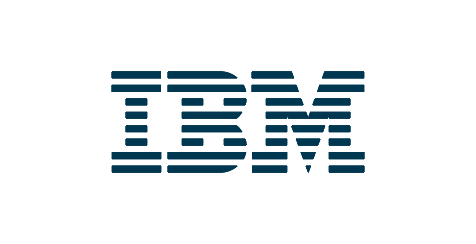
Principle Use Cases – IBM
How can companies ramp up their cybersecurity capacities and upgrade skills to provide a confident response to incidents? IBM shares their take on how they trained their customers to be proactive responders in a new Charter of Trust Principle Use Case.
Read more
December 13, 2022
• 4 min read

Principle Use Cases – Mitsubishi
How can companies cooperate to improve their supply chain security? Mitsubishi shares their take on developing a joint approach among partners to establish common cybersecurity awareness practices in a new Chater of Trust Principle Use Case.
Read more
December 06, 2022
• 5 min read

Principle Use Cases – Atos
What are the main challenges and opportunities of Threat Intelligence sharing? Atos shares their take on bringing together experts from various partners and why this is a smart move.
Read more
November 22, 2022
• 3 min read

Principle Use Cases – Bosch
What approach can businesses take to resolving problems concerning Artificial Intelligence? Bosch details their experience based on the VCIO approach. Learn more in their Principle Use Case.
Read more
November 16, 2022
• 4 min read

Principle Use Cases – Allianz
How to keep employees aware of cyber risks and up-to-date with how to self-protect against cyber-attacks? Learn from Allianz as they share their best practices in a #UseCase under Charter Of Trust principle 6 "Education".
Read more
November 09, 2022
• 4 min read
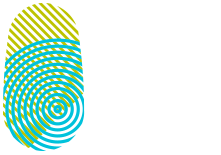
 PUBLICATIONS
PUBLICATIONS EVENTS
EVENTS NEWS
NEWS


